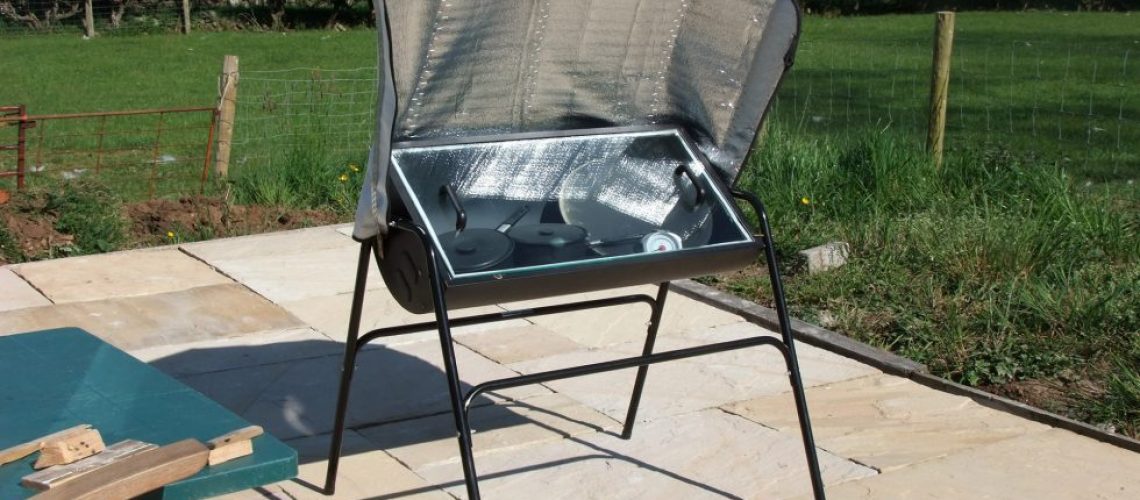As the world moves away from fossil fuels and towards renewable sources, there’s no doubt that solar energy will be increasingly applied as a powering solution to any product that can be exposed to sunlight.
Enterprising individuals are starting to get to grips with creative methods with which this can be done. Here are four surprising ways that solar energy is already being utilized outside the home.
Solar ovens
Solar ovens extract energy from the sun as a way of sustainably cooking food and boiling water for those who are not opposed to an outdoor kitchen.
Instead of solar energy being converted into electricity – as with solar panels – the ovens trap light particles known as photons which are used to generate heat.
Metal reflectors direct as much sunlight as possible to the oven, and the photons pass through the transparent glass top, where they are absorbed into a metal pot in the center of the oven.
As this cooking pot becomes warmer, the heat attempts to escape, but cannot pass back through the insulated glass barrier. It remains trapped inside and is reflected back to the pot. In this way, temperatures up to a scorching 400 degrees Fahrenheit can be achieved.
The unique benefits of a solar oven, besides being a clean solution to the issue of preparing food, are that, because the food is cooked more slowly, it’s more nutritious, flavorful, and moist.
Solar Backpacks
Futuristic-feeling solar backpacks are becoming an increasingly popular solution to the problem of powering electronics away from the house. They offer both a convenient and eco-friendly way to keep your devices from dying prematurely.
A solar backpack is equipped with both thin-film solar cells and batteries. The solar panels are placed on the outside of the pack, where they can gather plenty of sunlight. These silicon panels, which are both light-weight and water-proof, are optimally designed for converting sun energy into electricity.
Small metal conductors run the electricity into the batteries, where it can be stored for later use. It can then be used to power and to charge portable electronic appliances like cell phones, PDAs, and MP3 players.
The panels can create up to four watts of power, which means that a single hour of direct sunlight can produce enough energy to power a cell phone for about an hour and a half.
Sol Cinema
A further exciting new project exploring how the sun’s power can be harnessed is the Sol Cinema experience. This provides a perfect showcase of how technology can support sustainability.
This innovative outdoor experience, dubbed ‘the world’s smallest solar cinema,’ provides a digital media entertainment for 8+ adults inside a vintage caravan only using energy from the sun.
The theater uses a small LED projector that is powered by three lithium-ion batteries, which are, in turn, powered by a solar panel housed on the outside of the trailer.
Since the energy produced is stored within batteries, short films can be screened both day and night throughout the year, and the picture house itself is entirely mobile.
Solar-powered transport
Although the first solar-powered car was manufactured more than six decades ago, research quickly slowed in this area. Yet, increasing demand for eco-friendly transport means that focus has once again shifted towards how renewable energy can be applied here.
Recently, solar power has been explored with everything from tuk-tuks to boats and even planes and helicopters. Though, it may be a while before we can rely on solar energy alone to power such machines effectively.
However, early steps are certainly in place, and the technology behind it all is coming along in leaps and bounds. This makes the concept of strictly solar-powered transport, not an unrealistic one in the very near future.


